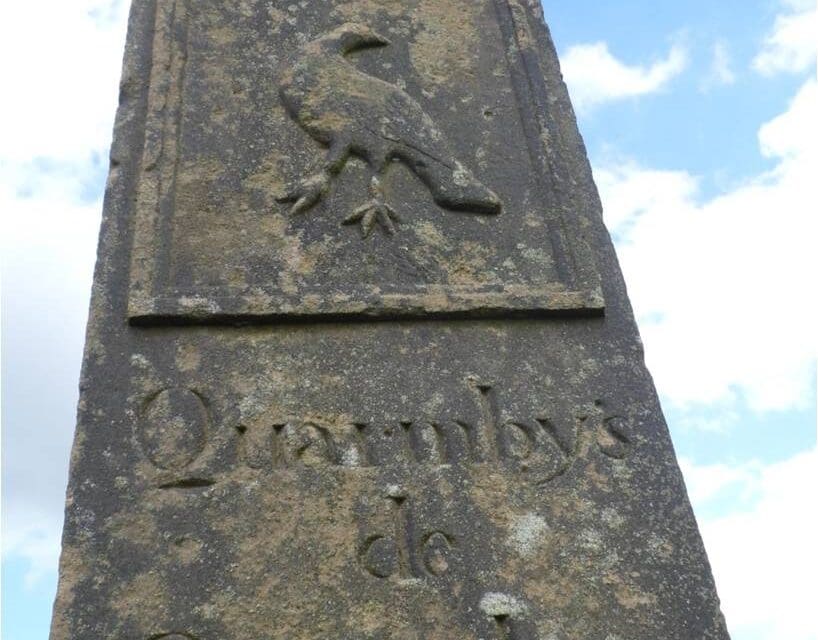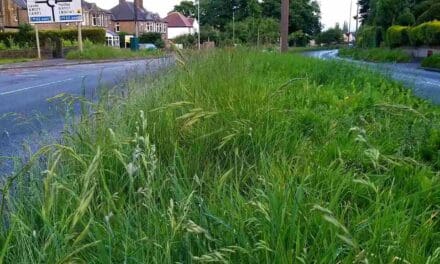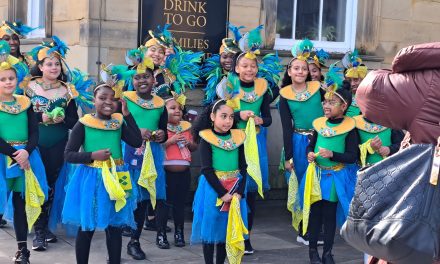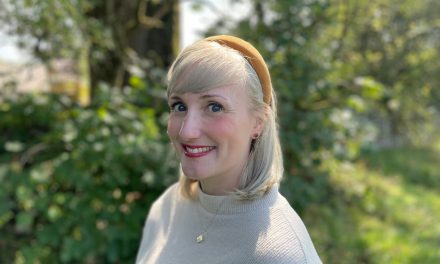By Vincent Dorrington
Like a story from Game of Thrones but set in medieval Huddersfield, Elland and Brighouse, the Elland Feud was a real, brutal conflict involving murder and revenge. It shocked the court of Edward II and passed into local legend.
A stone pillar, known as the Haigh Cross, has stood on Lindley Moor since 1808. Today it can be seen on Crosland Road near its junction with Lindley Moor Road, next to Macs Trucks. Few passers-by will be aware of the slaughter, the Elland Feud, which the pillar commemorates.
In May 1341 Sir John de Elland raised a well-armed band of Elland men and set out to kill Robert Beaumont of Crosland Hall.
As Sheriff of Yorkshire, de Elland took exception to his mortal enemy, Robert Beaumont, giving sanctuary to an enemy of his family.
He had ulterior motives too. By unleashing a blood-letting against all his enemies at once, he would raise the status and power of his de Elland family in these parts.
The attacks had to take place at night so as to not forewarn Sir John’s enemies. From Elland the clandestine household of warriors rode up Haigh House Hill, down Crosland Road on their way to Quarmby.
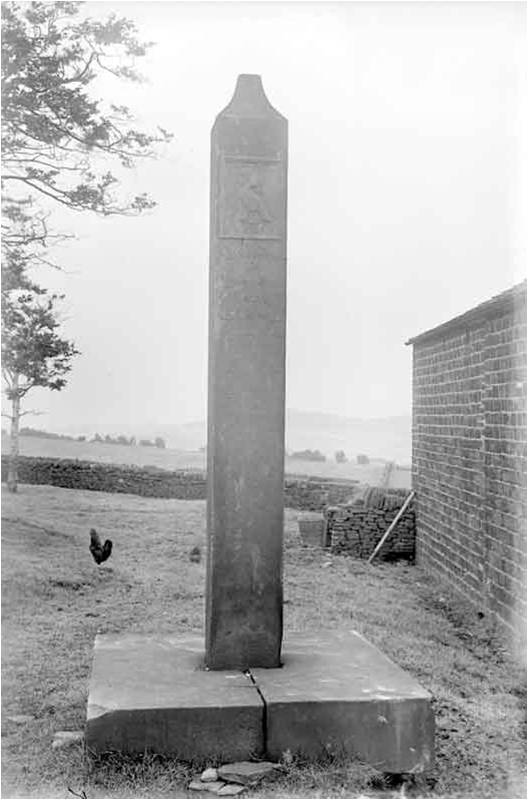
At the dead of night they entered Quarmby Hall and murdered Sir Hugh of Quarmby as he slept. Next they rode to Lockwood Hall where they killed Old John de Lockwood and his servants, who fought desperately to save their beloved lord.
Finally, de Elland reached his chief target – Sir Robert Beaumont at Crosland Hall. This was a moated hall and the drawbridge was up so the killers had to wait their chance.
They hid until dawn when a maid servant lowered the drawbridge. De Elland’s men rushed in, overcame Sir Robert Beaumont, dragged him from bed and beheaded him.
De Elland then sat down in Crosland Hall and ordered a large meal, inviting Adam Beaumont (eldest son of Robert) to join them in their celebrations.
Bravely, the boy threw bread into the face of Sir John but was forced to watch the attackers’ merriment and celebrations.
Supporters and kinsmen of Sir Robert Beaumont, from Lancashire, were aware of the danger to their lord but on hearing of his death at Marsden returned to Lancashire.
This was not, however, the end of the matter. The surviving Lady Beaumont fled for safety with her two sons, Adam and John to Burnley.
Later they were joined by the sons of Lockwood, Quarmby and Lacy (of Cromwell Bottom, Brighouse). Whilst in Brighouse, the young boys honed their skills in archery and fencing for 13 years. They would have their revenge on Sir John de Elland and his family when the chance arose.

In 1353 informants told the young avengers, who were hiding in Cromwell Bottom Wood, of the movements of Sir John de Elland – who had instigated the slaughter.
They ambushed him on the way home from his court in Brighouse, on the hill between Lane Head and Brookfoot (Brighouse Wood Lane) and though his men fought hard, de Elland was killed when he became separated.
Sir John’s son (the new Sheriff of Yorkshire) appealed to the King for the arrest of his father’s killers and for their trial in York.
The Beaumonts and their allies had to act first and strike a pre-emptive blow. The young assassins returned to Elland in 1354 to finish off the de Elland line.
There had been talk in the town of a threat to Sir John de Elland’s son (also named Sir John) now master at Elland Hall.
It was Palm Sunday and Sir John, his wife and son, set out to go to church. As a precaution Sir John wore a suit of armour under his clothes, but as the group crossed the dam stones of the Elland Mill, Adam Beaumont stepped out of the nearby mill and fired an arrow which glanced off Sir John’s armour.
William de Lockwood’s first arrow did the same, but his second hit de Elland in the head and he fell dead in the river.
His son was wounded and was carried back to Elland Hall, where he died. Father, son and grandson had all paid with their lives on that murderous dark May night of 1341.
The town of Elland was in uproar and its people clamoured for revenge when they heard of the ambush.
Beaumont and his friends headed for Ainley Round Wood but were pursued by armed men. There was a fight in the wood and Quarmby was wounded. His young friends hid him in an ivy tree and galloped off for their own safety.
However, de Elland’s men returned to Ainley Wood, suspecting that the injured Quarmby was hiding there. Crows and magpies became alarmed and gave away young Quarmby’s hiding position, up in the tree. His assailants brutally killed him, showing no mercy.
Lockwood fled to Cannon Hall but stayed in the area, a fatal mistake. Some say a sweetheart betrayed him and he was hung.
She was the daughter of a tenant at Cannon Hall, called Cawthorne. He came to hear of Lockwood’s involvement in the de Elland killings and sent word to the owner of Cannon Hall, Thomas de Bosville. In turn de Bosville sent men to Cannon Hall and they hanged Lockwood. Thomas de Lacy escaped north and no more was heard of him.
Adam Beaumont (who had thrown bread into the face of Sir John de Elland) went to his own estate and lived there for some time until he heard of warrant for his arrest.
Finally, he was killed in Hungary fighting for the Knights of Rhodes against the Turks. All the leading players in the feud, fathers and sons were now dead.
Isobel, daughter of the last de Elland, married Sir John Savile. He became Lord of the Manor of Elland and took possession of Elland Hall.
The end of the feud meant the end of the de Elland line – a heavy price for Sir John de Elland to pay though he did start the bloodbath.
Today the Haigh Cross stands, lonely and forgotten, on the Lindley Moor landscape to mark these grim events in our region’s history.


